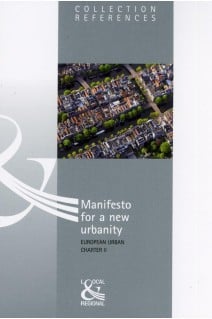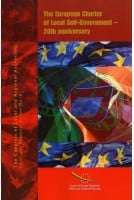


Introduction
Manifesto for a new urbanity - European Urban Charter II (2008)
Preamble
The European urban acquis and the prospect of a new urbanity
Town and city dwellers as urban citizens
Sustainable towns and cities
Cohesive towns and cities
Knowledge-based towns and cities
Conclusion
The European Urban Charter (1992)
The European Declaration of Urban Rights
The European Urban Charter
Background to the Charter
Purpose, philosophy and structure of the Charter
The town in Europe
Principles of the European Urban Charter







Attention, en vertu de nos conditions générales de vente, l'achat des PDF/epub est réservé aux particuliers.
